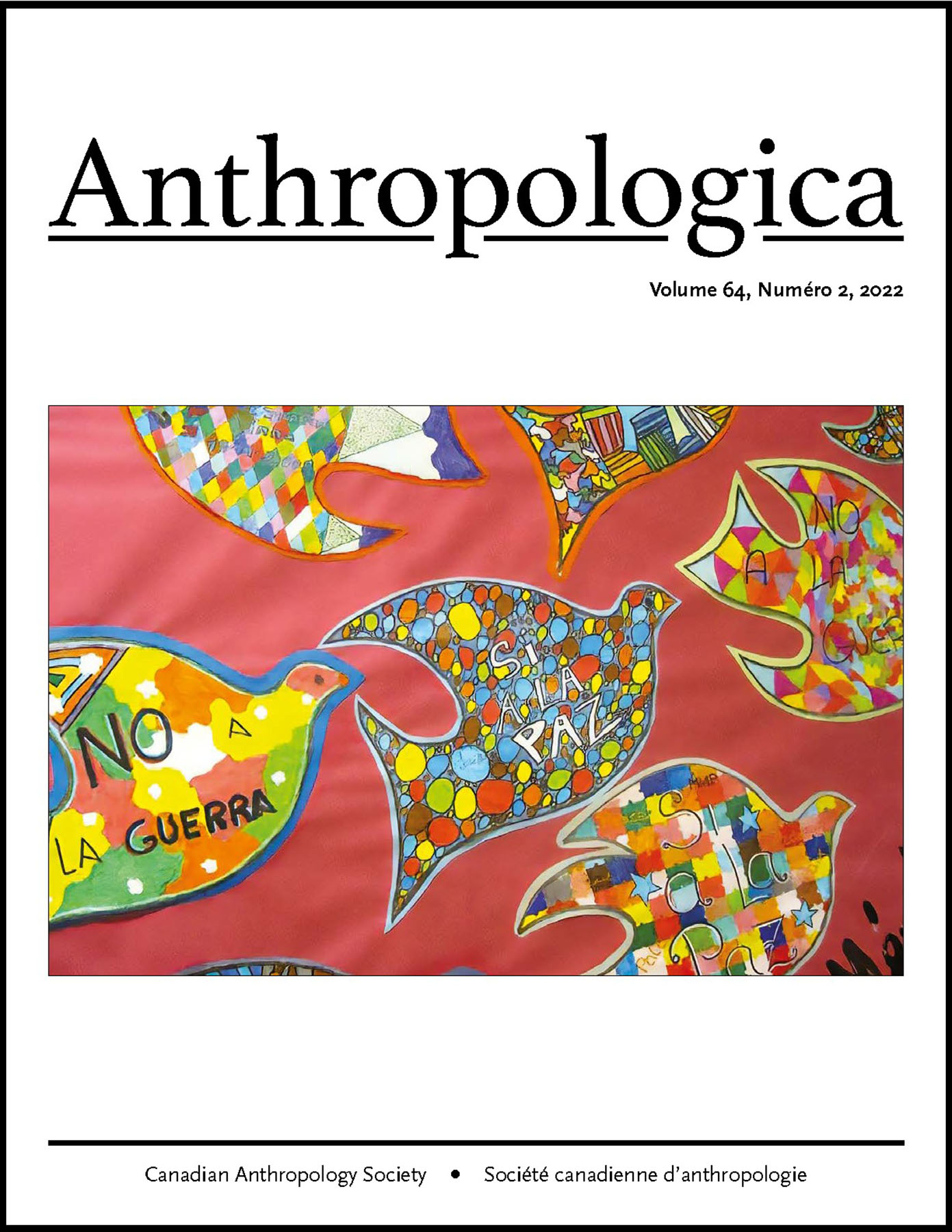Evans’ research methodology, based on an empirical study undertaken between 2007 and 2014, incorporates document analysis, fieldwork, and historical accounts to create a cohesive whole. A total of seven chapters are included in the book, plus an introduction, a conclusion, and an epilogue. The first chapter introduces the district of Dashalar to the reader. The remaining chapters are each constructed around the life history of an individual, with an “interlude” for her interpretation of it. The personal narratives of people and their families, whom Evans visited on several occasions for years, are presented in the following parts. The conclusion provides local and global findings of the interlocutors and what their experiences add to broader interpretations of Chinese history and oppressed minorities. Evans demonstrates the inextricable link between location, geography, and chronology that gives meaning to the existence of the Dashalar people. She demonstrates that history is not frozen in a snapshot inside the photographic frame, nor is it frozen via the representation of location. The combination of a profile, a character, a location, an item, and an activity in a photograph evokes a sense of the past in the present. Simultaneously, the temporal quality of pictures is influenced by reminders of another temporal reality, as portrayed in shots of scaffolding supporting future developments, now the neighbourhood’s new present. With Old Mrs. Gao, Evans’ first interviewee and the one with the most life experience, Evans meticulously knits together a cohesive narrative of her life and death, which occurred soon after she was forced to leave her Dashalar house. It is a fascinating narrative that shows how, via her children, Old Mrs. Gao built her agency and reputation as a moral person and the family matriarch while raising her offspring. Her story is intimately intertwined with the lives of her son and his wife and with neighbourhood issues and the significance of her now destroyed house to her sense of self-worth and self-acceptance. Old Mrs. Gao is the most evident example of subalternity. Her upbringing in poverty and her child marriage during the Republican period precluded her from even envisioning going to school. Nothing improved with the advent of the People’s Republic. Her lack of formal qualifications and education cemented her place on the periphery of the new prideful working and middle classes. The testimony offered by Li Fuying and his wife, Zhang Yuanchen (Chapter 5), who are migrant labourers from Shaanxi province, is perhaps the most shocking. They have experienced great deprivation, abuse, humiliation, acute precarity, neglect, and violence throughout their lives. They only stayed in Dashalar for a short period before relocating to various areas in and around Beijing, interspersed by cruel repatriations back to Xi’an. Because of their position as “outsiders” (waidiren), they were also socially isolated from other inhabitants in Dashalar and across Beijing. Humiliation and attacks were heaped upon Li and Zhang because they refused to give up on their conviction that working in Beijing would provide their children with a better life, especially their son. They were forced to live in great poverty in a slum on the outskirts of Beijing, which the Chinese government has since razed. Zhao Yong (Chapter 7) exemplified what is known as yemen in Beijing and other parts of northern China. A kind of stereotypically masculine person characterized by attributes such as strength, loyalty, knowledge, domination, and audacity, all of which relate to being a “true man.” The Cultural Revolution was a singular event in a long history of hardship and scarcity for participants like Zhao Yong, who lucidly remembers his father being battered by Red Guards. However, he …
Appendices
Bibliography
- Agamben, Giorgio. 2005. State of Exception. Chicago: University of Chicago Press. Translation. Kevin Attell.

